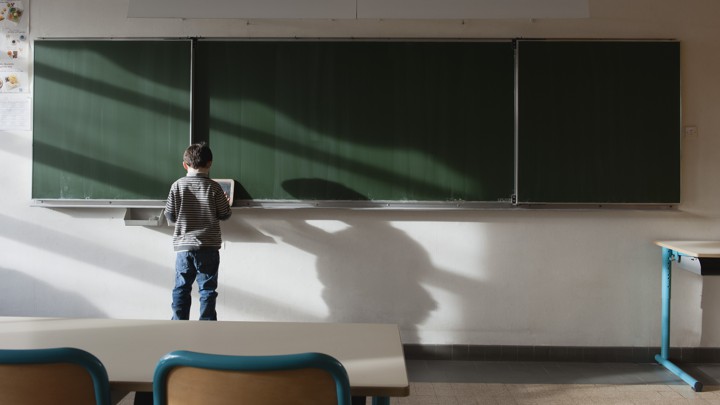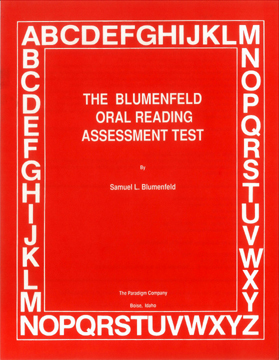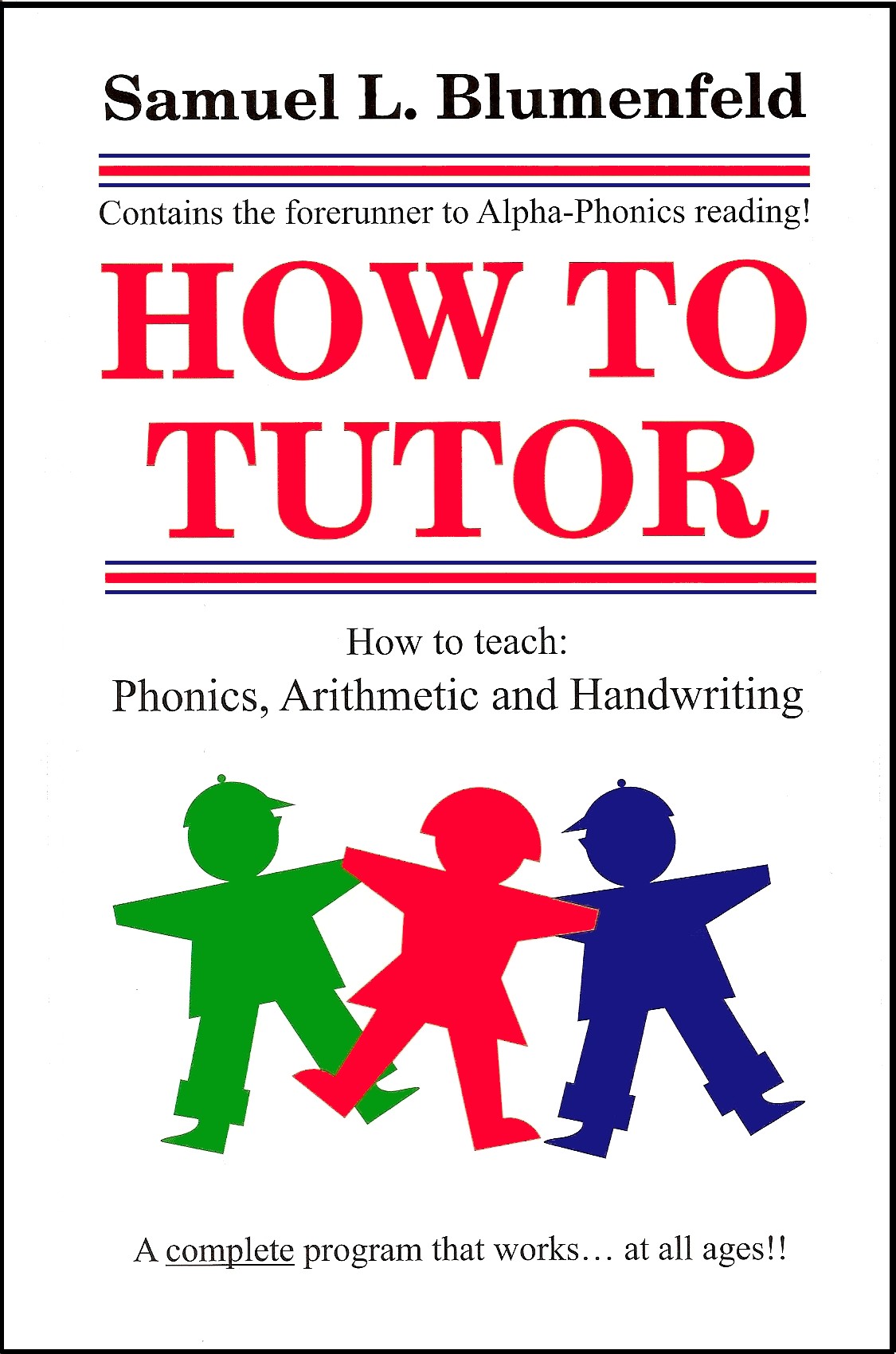A strong student-teacher relationship can help put a dent in school suspensions, according to a new study.

The Atlantic’s Year in Review
Stories worth revisiting, podcasts and videos you might have missed, and more from 2018.

A-P C-S Dec 15
Study after study has shown that black students are unevenly suspended or expelled from schools nationwide. The 2014 school-discipline guideline was the Obama administration’s attempt to remedy that. The Trump commission, however, argued that deciding how students should be disciplined should not be the federal government’s job, but the teachers’. Both administrations, at least, agreed that discipline was also a matter of school climate—something educational leaders have been trying desperately to improve.
So the district got a grant to try out restorative practices in their schools, randomly selecting 22 of them to receive the restorative treatment, while 22 others went about business as usual. The basic goal of restorative practices is to build relationships between teachers and students, so that students will be less likely to act out. Teachers start off the  school year by asking students innocuous questions such as what the students did that summer. As the year goes on, the questions grow more personal and introspective, and students build trust with the adults and classmates around them. Of course, formal times for such events can be time-consuming, so it is often recommended that the practices are woven into the day. As much as restorative practices aim to change how students are disciplined, they also seek to change the behavior that might require discipline, improving the overall climate of the school.
school year by asking students innocuous questions such as what the students did that summer. As the year goes on, the questions grow more personal and introspective, and students build trust with the adults and classmates around them. Of course, formal times for such events can be time-consuming, so it is often recommended that the practices are woven into the day. As much as restorative practices aim to change how students are disciplined, they also seek to change the behavior that might require discipline, improving the overall climate of the school.
Read: One Ohio school’s quest to rethink bad behavior
The researchers examined the schools—elementary, middle, and high schools—over two years and found that restorative practices greatly reduced the number of school days lost to suspension, particularly among elementary schoolers. The dip was most acute among black, low-income, and female students, and nonviolent offenses drove the decline. “It seems to be the case that restorative practices were providing an alternative that the staff felt they could use to enforce discipline, [especially] for offenses that weren’t extremely serious in the sense of endangering people’s safety,” John Engberg, a researcher at Rand, told me.
On top of that, the report found no negative impact on the test scores of students in the schools that had restorative treatments. “That seems to indicate that keeping kids in school is not leading to a deteriorating learning environment,” Engberg said. And, for their part, teachers who worked at schools with the restorative treatments rated their climate as comparatively more positive.
There were some things that restorative practices couldn’t change, though. Sure, academic outcomes, such as test scores, didn’t drop, but they didn’t improve either. The decline in

Reading from Alpha-Phonics
suspension rates was most stark for elementary-school students rather than middle- or high-school students, where the effects were more muted, suggesting that early intervention is important.

 Alpha-Phonics
Alpha-Phonics The Alphabet Song!
The Alphabet Song! Water on the Floor
Water on the Floor Alpha-Phonics the Book on CD Rom
Alpha-Phonics the Book on CD Rom Blumenfeld Oral Reading Assessment Test
Blumenfeld Oral Reading Assessment Test How To Tutor
How To Tutor How To Tutor Cursive Handwriting Workbook
How To Tutor Cursive Handwriting Workbook